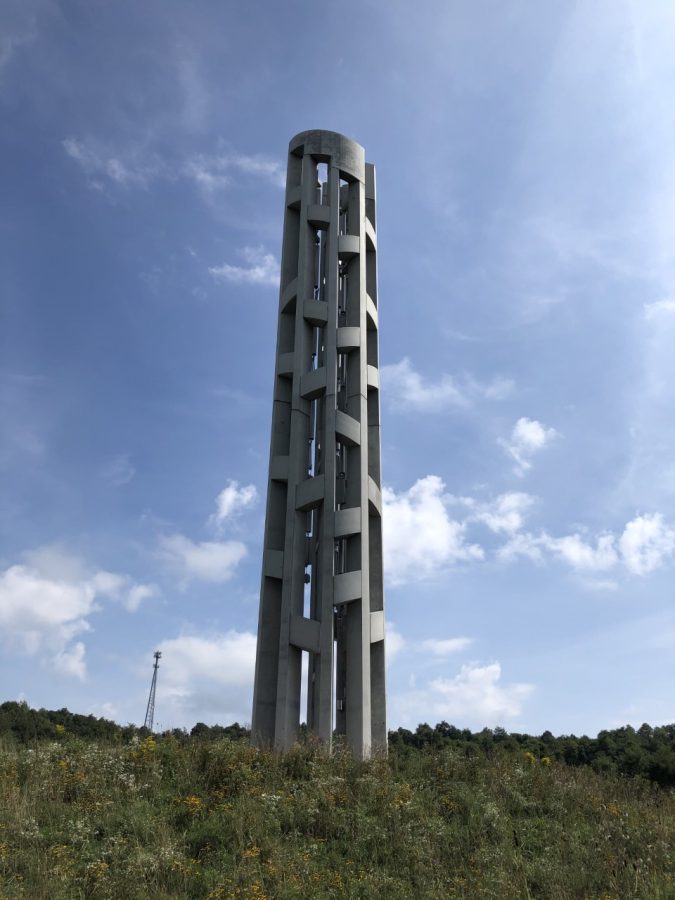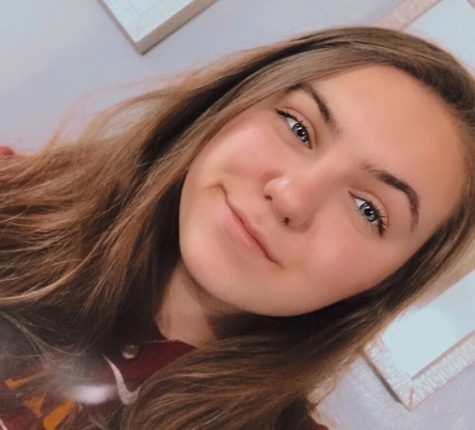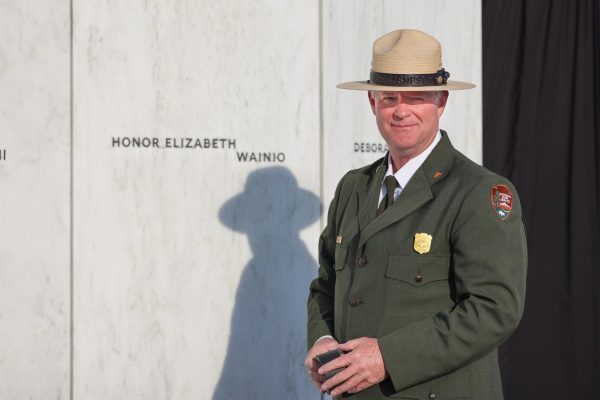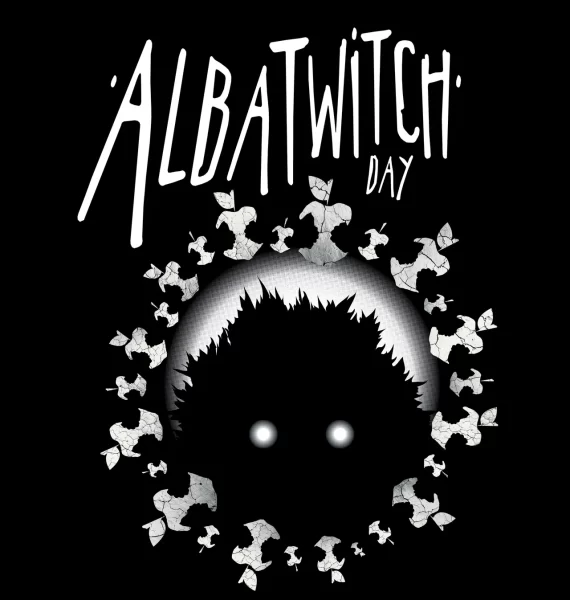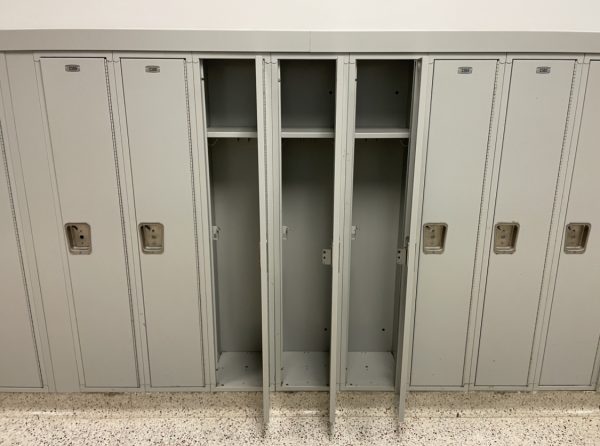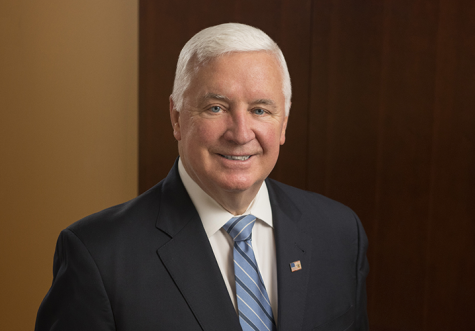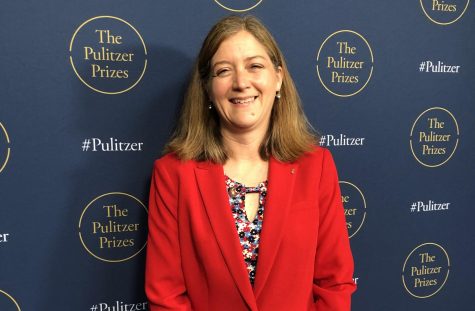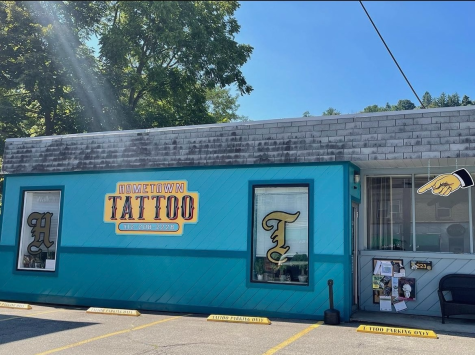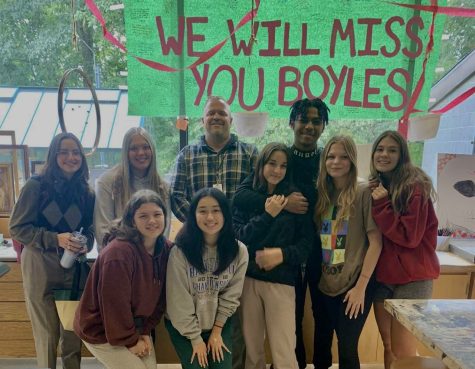Flight 93 Memorial a place for reflection, education
Tower of Voices at the Flight 93 National Memorial in Shanksville, PA.
January 18, 2022
Just over 20 years ago, there was an event that took place that changed the world. The September 11, 2001 attacks, more commonly referred to as 9/11, were a series of coordinated terrorist attacks by the Islamist Terrorist group al-Qaeda against the United States.
Some, when they hear this date, can immediately recall every hour they spent that day. While younger generations were not even born yet and are just starting to grasp the reality, seriousness, and grief it caused the nation.
The lives that were tragically lost during these attacks should not be left in vain and should be carried on to educate future generations and relayed as a significant part of our history, no matter what month of the year it is.
Though the first attacks happened in New York, there was another location in the small town of Shanksville, PA where Flight 93, one of the four hijacked planes, crashed. This flight was significant because it contained 40 heroic passengers and crew who prevented a terrorist attack on our nation’s capital by fighting back against the hijackers, which resulted in them crashing into a field.
The staff of The Oracle was honored when we heard we would be visiting the Flight 93 National Memorial and to have the opportunity to interview one of the Memorial’s Park Rangers.
We had passed the Tower of Voices monument near the entrance of the memorial and peered in awe at the 93-foot-tall musical instrument and its 40 windchimes that trailed down the structure to represent the forty passengers and crew members.
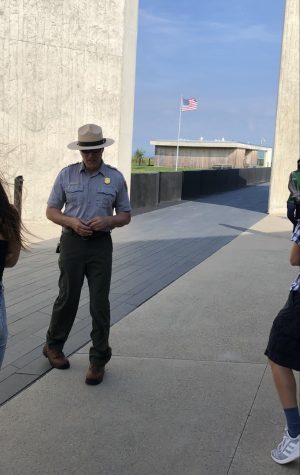
When we got to the Visitors Center main entrance, it was almost completely silent. You could hear the footsteps on the concrete and the crunching of grass from other visitors behind you and the slight “whoosh” of the wind on the hilly landscape.
We followed the concrete pathway at the beginning of the memorial that represents the flight path the plane took before it crashed.
The memorial keeps the entire crash site preserved, surrounding it by a gated fence that they only open once every year, September 11th. A big boulder marks the point of impact and the only people allowed to enter are the loved ones and family of the passengers and crew members. Though it is a simple field with a boulder and some fencing, no words can express the emotions and images when staring at the site.
The memorial also has a building that acts as a museum to represent all of the events around Flight 93 on that day. Raw materials and objects from the crash are safely kept in glass casings. There were ID’s, pieces of metal from the plane, gifts left at the memorial from loved ones, tickets from passengers on the flight, and articles of clothing.
It became even more surreal watching nearly a dozen news feed clips of the attacks on the World Trade Center that the museum presented from various news stations and we were able to pick up a fake telephone to listen to voicemail messages that passengers and crew members left for their friends and family.
One of the park rangers in charge of education at the Memorial, Gregory Zaborowski, he told us dozens of stories about his experiences working there and how it feels like “fate” every time he meets people who have such a unique and momentous connection to the Flight’s Memorial.
He told stories about how he pushed a family member who was related to a passenger from Flight 93 in a wheelchair across the entire hilly field of the memorial, just so she could see, experience, and feel more connected to it up close.
While listening to his stories, another group passed by who were the hometown friends of FBI officer Lillie Leonardi, who wrote the book “In the Shadow of a Badge: A Spiritual Memoir” about seeing angels on the field where the hijacked airliner crashed.
“These are not just coincidences,” Zaborowski said.“Everything happens for a reason.”
One of these quotes that Zaborowski left us with that held the most impact was, “It’s called empathy, that’s what we do here.”


